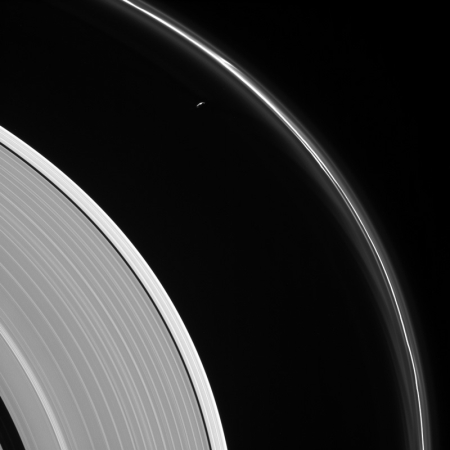ULA’s Atlas 5 successfully launches NASA communications satellite
Capitalism in space: ULA this morning successfully launched NASA TDRS-M communications satellite, following a several week delay caused by an accident during satellite preparation that forced the replacement of the satellite’s antenna.
This was ULA’s fifth launch for 2017, which is behind the once-a-month pace they have maintained for the previous five years.
Capitalism in space: ULA this morning successfully launched NASA TDRS-M communications satellite, following a several week delay caused by an accident during satellite preparation that forced the replacement of the satellite’s antenna.
This was ULA’s fifth launch for 2017, which is behind the once-a-month pace they have maintained for the previous five years.





